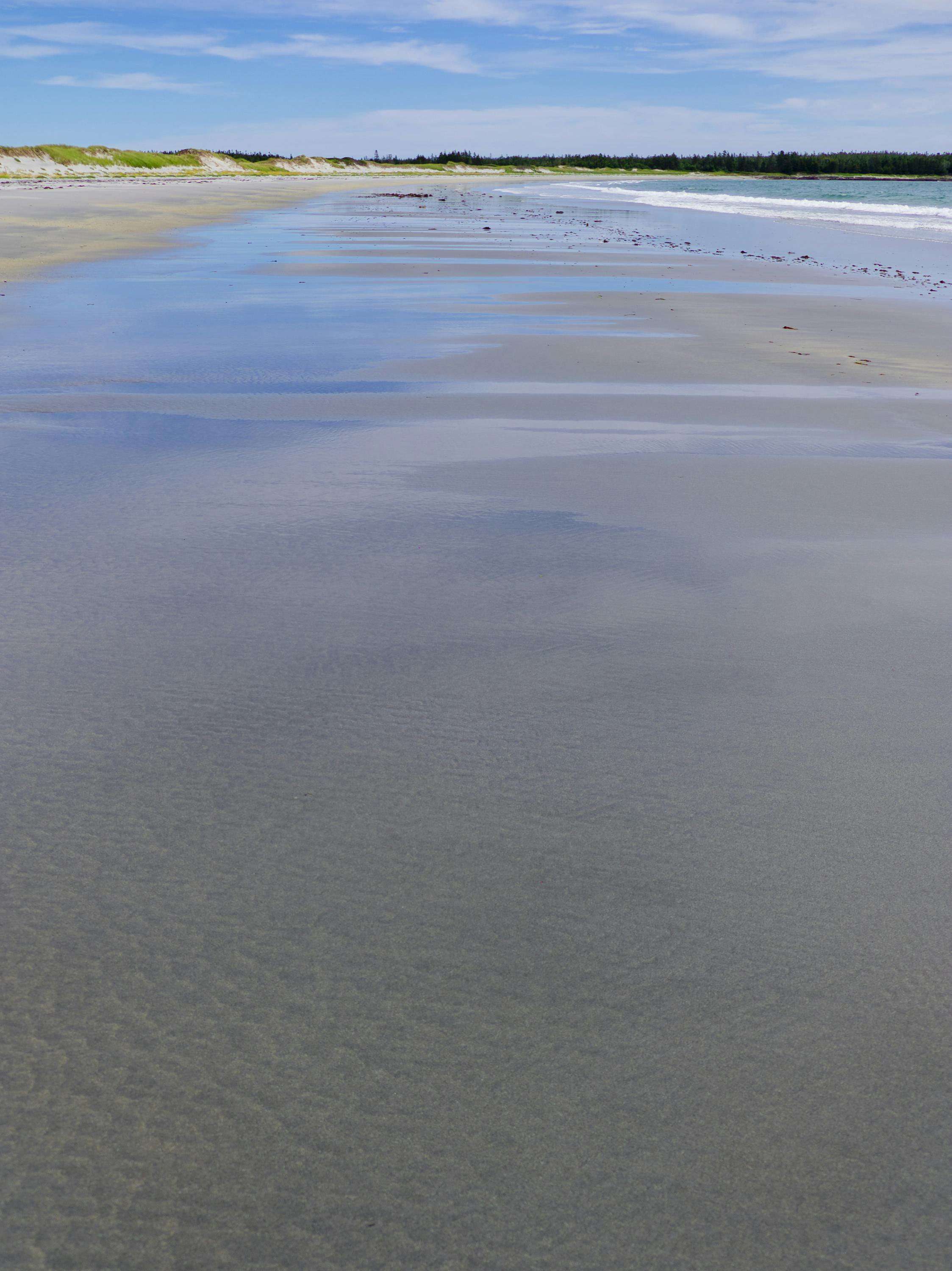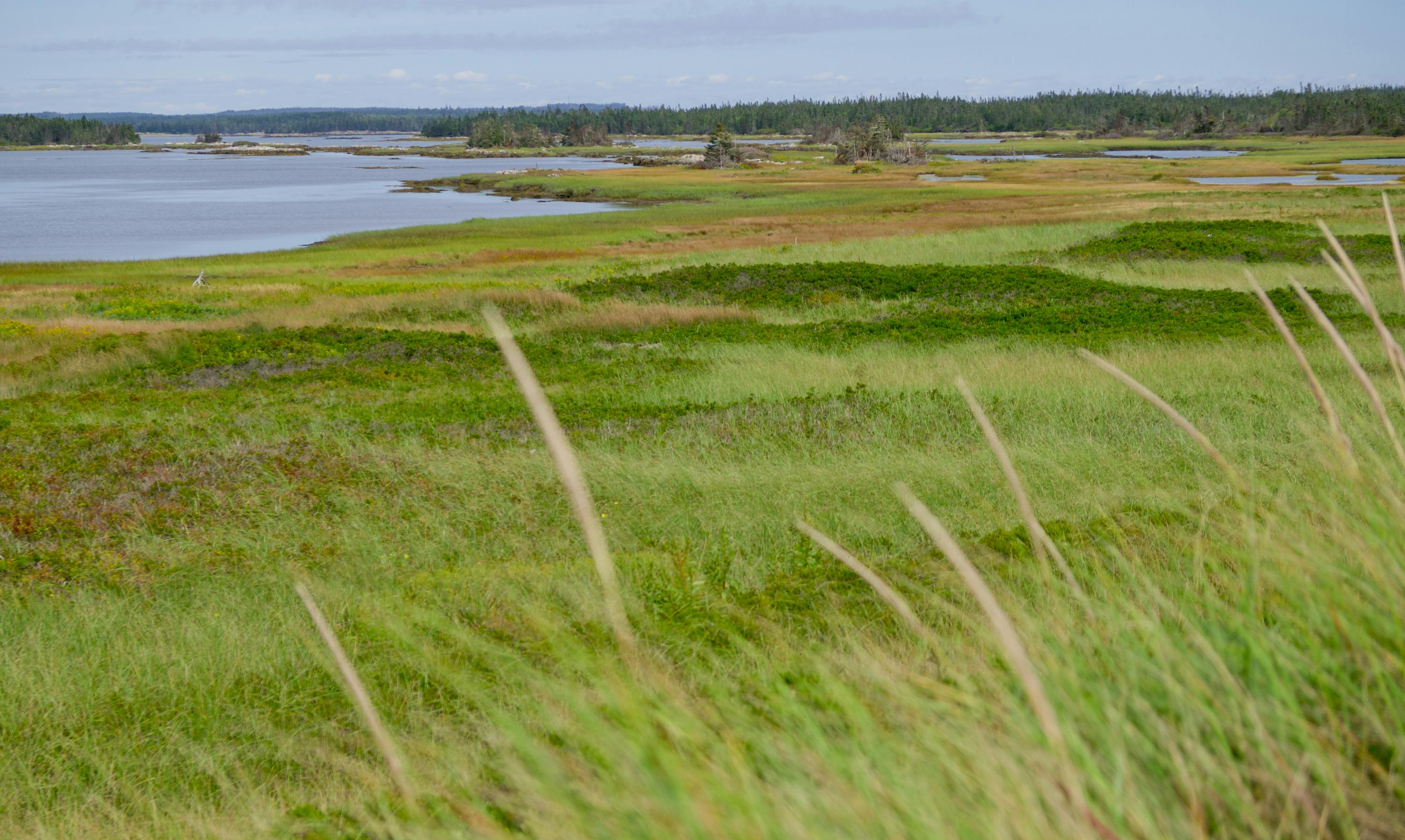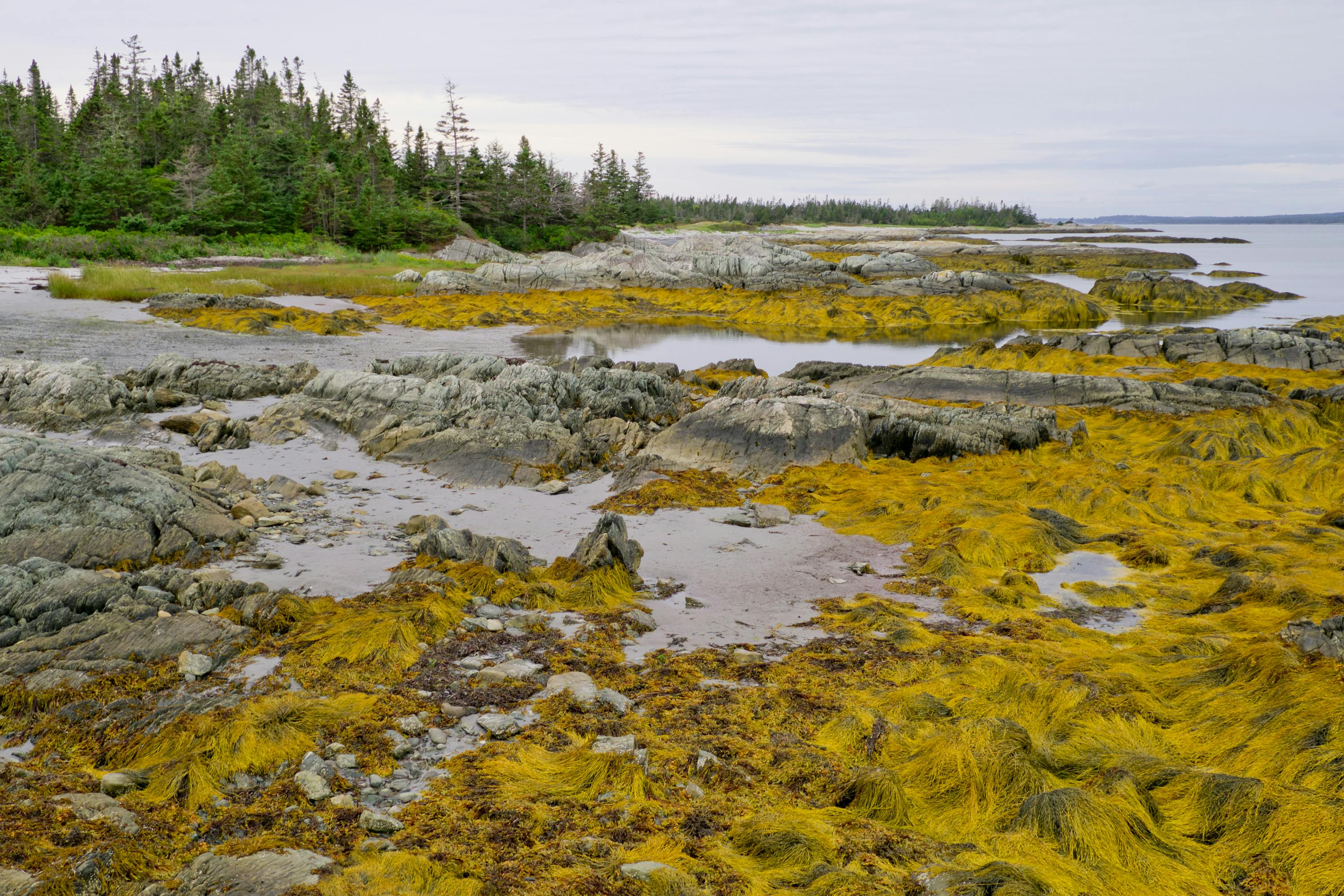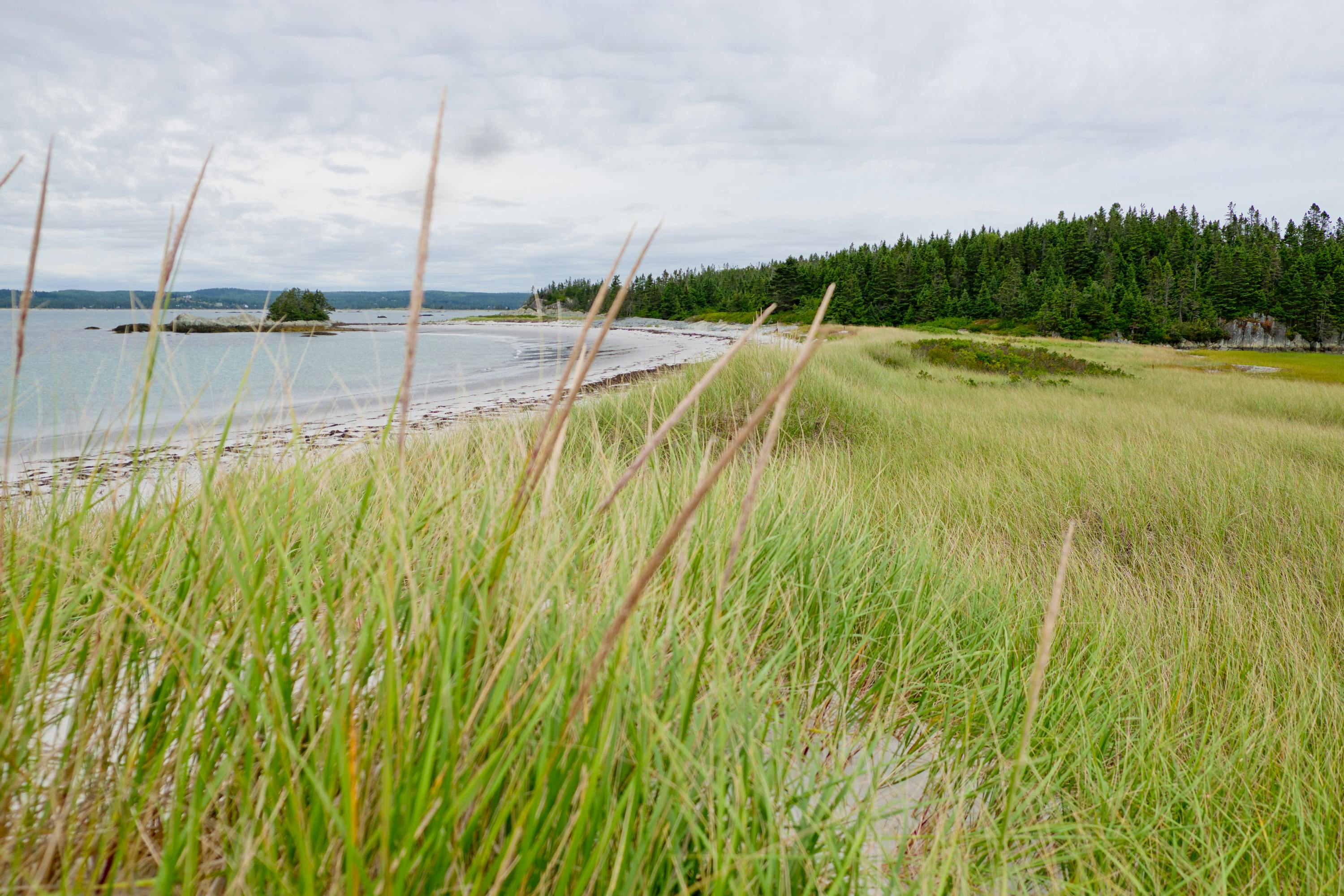Cape LaHave Island
Consultation has concluded
Nova Scotia Nature Trust and MODL announce permanent conservation of Cape LaHave Island
On October 21, 2025, the Municipality of the District of Lunenburg (MODL) and the Nova Scotia Nature Trust announced the conservation of Cape LaHave Island, a beloved jewel of the South Shore coast. At 2,608 acres, Cape LaHave Island is Nova Scotia’s 5th largest island and now becomes one of the largest islands ever protected in the province. Following community engagement conducted over the past several years, MODL signed a conservation easement with the Nature Trust to ensure that the natural values of the island will beContinue reading
Nova Scotia Nature Trust and MODL announce permanent conservation of Cape LaHave Island
On October 21, 2025, the Municipality of the District of Lunenburg (MODL) and the Nova Scotia Nature Trust announced the conservation of Cape LaHave Island, a beloved jewel of the South Shore coast. At 2,608 acres, Cape LaHave Island is Nova Scotia’s 5th largest island and now becomes one of the largest islands ever protected in the province. Following community engagement conducted over the past several years, MODL signed a conservation easement with the Nature Trust to ensure that the natural values of the island will be protected in perpetuity, as well as the opportunities for visitors to experience its incredible beauty.
In announcing this long-awaited conservation achievement, the Nature Trust’s Executive Director Bonnie Sutherland said, “Cape LaHave Island is one of Nova Scotia’s great treasures, not only for the birds and pollinators whose habitat is now protected but also for the countless generations of people – past, present, and future – for whom this island is so precious. It embodies what the Nature Trust is working to protect: intact wild space for nature, and for people.”
A conservation easement is a legally binding written agreement between a landowner (in this case the Municipality of the District of Lunenburg, the apparent owner) and the holder of the easement (the Nature Trust) to protect a property’s conservation values. The Nature Trust originally pioneered the first partnership of this kind between a community land trust and a municipality in Canada in 2007.
Today’s partnership with MODL underscores the key role that municipalities can play in supporting conservation and permanently protecting municipally-owned natural areas. Her Worship the Mayor of the Municipality of the District of Lunenburg, Elspeth McLean-Wile, remarked, “Our residents are very interested in protecting Cape LaHave Island. We heard the importance of protecting the Island from development, preserving access and maintaining activities that are associated with the traditions of the Island. We are pleased that this agreement will ensure this for generations to come.”
Cape LaHave Island is one of Nova Scotia’s largest remaining undeveloped islands. The Lunenburg Common Lands Act of 1897 transferred guardianship of the island to the Municipal Council of the Municipality of the District of Lunenburg to ensure that it would remain accessible for the common use of the community, but the Act does not specifically acknowledge (or protect) the ecological significance of the island. The Municipality recognized the importance of keeping the island in its undeveloped state and in 2019, the Council began to explore the option of a conservation easement as an additional layer of legal protection. The specific terms of the easement were defined based on extensive community engagement, which included public community sessions in 2020 and 2024, public surveys conducted online in 2020 and 2024, and a public information session in 2025. The details and reports from these public consultations can be found on this page.
Through this engagement process, the community expressed a clear wish for the island to remain natural and undeveloped as it currently is, and for it to continue to be available for the low-impact community recreational activities for which it is locally beloved. Its long history of human use includes Indigenous and settler mainland communities’ use for drying fish and harvesting resources to support local fishers, while its pristine sand beaches have long welcomed visitors for camping, kayaking, walking, and general appreciation of its beauty.
Protecting the island’s intact and thriving natural features is an important win, not only for Nova Scotia’s natural legacy but also for biodiversity more broadly. Plants and animals are disappearing from our planet at unprecedented rates – scientists have documented almost 70% declines in wildlife populations over the last half-century. With habitat loss globally recognized as a major driver of biodiversity loss, there is an urgent need to ensure that habitat is permanently protected, especially large tracts of land, islands, and native biodiversity.
Cape LaHave Island provides stopover habitat for many migratory birds, including shorebird species like Ruddy Turnstone, Semipalmated Sandpiper, Greater and Lesser Yellowlegs, Sanderling, Blackbellied Plover, and Short-billed Dowitcher. Endangered Piping Plover have been known to nest on its beaches. Shorebird populations have declined by 40% globally over the last decade, making protection and stewardship of stopover sites like the island crucially important. Recent surveys have also shown boreal bird species like Canada Jay and Boreal Chickadee to be common in the interior of Cape LaHave Island; it is likely that the ocean-moderated climate of the island could provide refuge from climate change-related declines for these species.
Beyond its importance for birds, the large areas of undisturbed terrain on the island host rare lichens and plants, and pollinator species that are elsewhere in steep decline, including Yellow-Banded Bumblebees and migrating Monarch Butterflies. Its interior landscape features extensive unforested bedrock ridges often dominated by Broom Crowberry, which, although fairly common in southern Nova Scotia, is a globally rare ecosystem type.
Community members are invited to be part of the ongoing protection and care of Cape LaHave Island through the Nature Trust’s volunteer Property Guardians program. Property Guardians receive training and support as they conduct regular monitoring visits to conservation lands, providing the Nature Trust with key information about changes and concerns on protected properties and helping maintain their ecological integrity. Interested nature-lovers are invited to contact volunteer@nsnt.ca for information.
This project was undertaken with the financial support of the Government of Canada and the Government of Nova Scotia through the Canada-Nova Scotia Nature Agreement. Additional funds to complete the protection of the island came from the Nature Trust’s recently launched In Our Nature campaign, which urgently aims to protect Nova Scotia’s most ecologically significant, rare, and at-risk natural areas – before it’s too late. From now through December 31, donations to In Our Nature unlock 4X their value in additional funding to help catalyze the conservation of high-priority wild places like Cape LaHave Island – visit https://nsnt.ca/ for more information.
The complete and final Conservation Agreement is available in the Documents list on this page. Click here for a complete list of Permitted and Prohibited Uses.
-
CLOSED: This survey has concluded.Consultation has concludedShare Cape LaHave Workshop Questions on Facebook Share Cape LaHave Workshop Questions on Twitter Share Cape LaHave Workshop Questions on Linkedin Email Cape LaHave Workshop Questions link
-
CLOSED: This survey has concluded.Consultation has concluded
The following survey will help to inform the development of the conservation easement by providing information on the natural and cultural features and human use of the island.
Share Cape LaHave Island Survey on Facebook Share Cape LaHave Island Survey on Twitter Share Cape LaHave Island Survey on Linkedin Email Cape LaHave Island Survey link
Who's Listening
-
Director, Parks, Tourism, and Recreation
TPPhone (902) 541-1333 Email trudy.payne@modl.ca
Documents
-
 Cape LaHave Fully Executed Conservation Easement.pdf (10.7 MB) (pdf)
Cape LaHave Fully Executed Conservation Easement.pdf (10.7 MB) (pdf)
-
 Cape LaHave Permitted and Prohibited Uses.pdf (1.2 MB) (pdf)
Cape LaHave Permitted and Prohibited Uses.pdf (1.2 MB) (pdf)
-
 What We Heard Report Cape Lahave Island 2025-04-01.pdf (3.86 MB) (pdf)
What We Heard Report Cape Lahave Island 2025-04-01.pdf (3.86 MB) (pdf)
-
 05_2024 _Workshop for MODL Community FINAL.pdf (10.5 MB) (pdf)
05_2024 _Workshop for MODL Community FINAL.pdf (10.5 MB) (pdf)
-
 Cape LaHave Island_Backgrounder_UPDATE_May 2024.pdf (118 KB) (pdf)
Cape LaHave Island_Backgrounder_UPDATE_May 2024.pdf (118 KB) (pdf)
-
 Cape LaHave Engagement Report.pdf (23.1 MB) (pdf)
Cape LaHave Engagement Report.pdf (23.1 MB) (pdf)
-
 ACCDC_NSPM_Biological Inventory of Cape LaHave Island (Ecological Summary).pdf (13.2 MB) (pdf)
ACCDC_NSPM_Biological Inventory of Cape LaHave Island (Ecological Summary).pdf (13.2 MB) (pdf)





